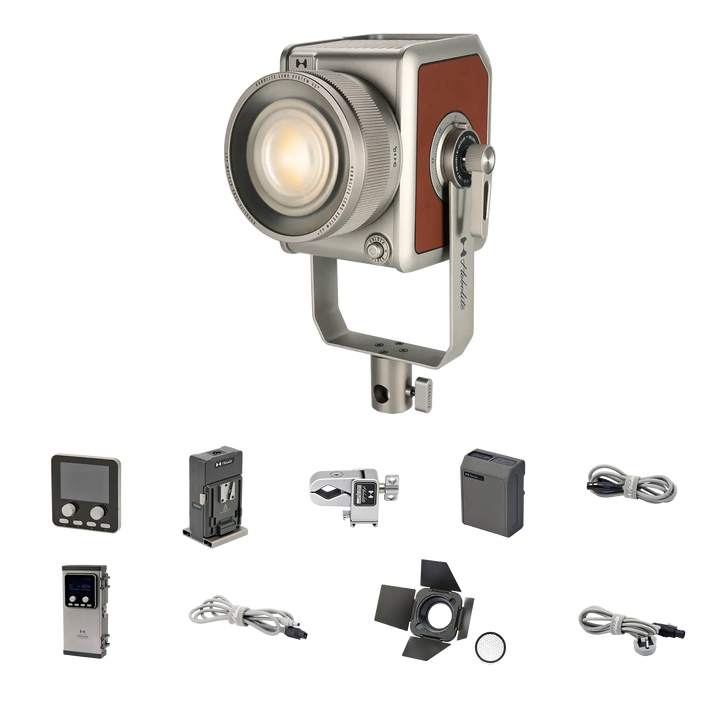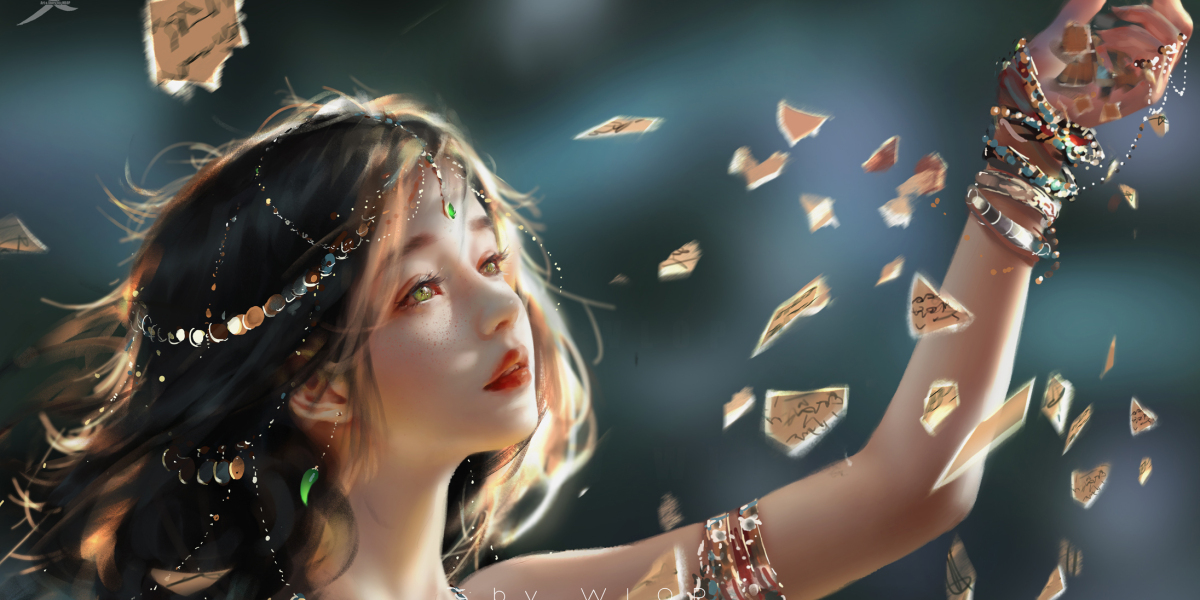Unlock the Secret to Perfect Lighting: Your Ultimate Guide to Studio Lights!
Lighting is a critical element in photography and videography, serving as the foundation for creating stunning visuals. Whether you are a budding photographer, a seasoned videographer, or simply an enthusiast who loves capturing moments, understanding the importance of studio lights can elevate your work to a professional level. Studio lights are essential tools that help you achieve the perfect exposure, highlight details, and set the mood for your images or videos. This article aims to guide you through the various options available in the market, along with pricing insights and user reviews, so you can make an informed decision on your journey to achieving impeccable lighting.

Understanding Studio Lights
Studio lights are artificial light sources used in photography and videography to create a controlled lighting environment. They play a pivotal role in achieving professional-quality images by providing consistent illumination, enhancing colors, and reducing shadows. There are several types of studio lights available, each serving distinct purposes. Continuous lights offer a steady stream of light, allowing you to see how the light interacts with your subject in real-time. Flash lights, on the other hand, provide powerful bursts of light, ideal for freezing motion and capturing sharp images in low-light situations. Lastly, LED lights are increasingly popular due to their energy efficiency, long lifespan, and versatility, making them suitable for various applications. Understanding these categories is essential for selecting the right lighting solution for your needs.
Types of Studio Lights
When it comes to studio lights, each type has unique features tailored for specific scenarios. Continuous lights are perfect for beginners who want to quickly learn how to manipulate light while observing the effects as they shoot. Flash lights are favored by professionals for their ability to illuminate fast-moving subjects, making them ideal for event photography or sports. LED lights have surged in popularity among videographers due to their low heat output and adjustable color temperature, providing flexibility for different lighting environments. Understanding these distinctions will help you choose the type of studio light that best fits your shooting style and requirements.
Continuous Lights
Continuous lighting systems provide a steady light source, allowing photographers and videographers to see the effects of lighting in real-time. This type of lighting is particularly advantageous for beginners, as it simplifies the learning process and enables you to experiment without the guesswork. Continuous lights are also great for video production, where maintaining consistent lighting throughout a scene is crucial. They often come in various forms, including softboxes and ring lights, each designed to diffuse light and create soft shadows, enhancing overall image quality.
Flash Lights
Flash lights, or strobes, are designed to emit a powerful burst of light for a brief moment, making them ideal for capturing fast-moving subjects. This type of lighting is essential in scenarios like sports photography or capturing dynamic moments during events. Flash lights offer high-intensity output, allowing you to use them in various lighting conditions, including low-light environments. They often come with adjustable power settings, giving you control over the light's intensity, which can be crucial for achieving the desired exposure in your images.
LED Lights
LED lights have gained immense popularity due to their energy efficiency and versatile applications. Unlike traditional lighting, LEDs produce minimal heat, allowing for longer shooting sessions without discomfort. They also offer adjustable color temperatures, enabling you to match the lighting to the mood of your shoot. Many LED lights come with built-in dimmers and can be easily mounted on various stands, making them adaptable for different setups, whether in a studio or on location. Their decreasing costs have made them accessible to both amateur and professional creators alike.
Factors to Consider When Choosing Studio Lights
When selecting studio lights, several key factors should guide your decision-making process. First, consider the brightness of the lights, measured in watts or lumens, as this will affect how well your subjects are illuminated. Next, color temperature is crucial; it determines the warmth or coolness of your lighting and can dramatically influence the mood of your photographs. Portability is another essential factor, especially if you plan on shooting in various locations. Lastly, your budget will play a significant role in your choices; finding a balance between quality and cost is vital to ensure you invest wisely without compromising your creative needs.
Budgeting for Studio Lights
Budgeting for studio lights can be a daunting task, but it is essential to understand the balance between quality and cost. To get the most value, start by outlining your specific needs based on the type of photography or videography you intend to pursue. Researching different options can help you identify reliable lighting solutions that fit within your budget. Look for user reviews that discuss performance and durability, as these insights can guide you toward making informed decisions. Consider exploring second-hand markets or rental options for high-end lights to test before committing to a purchase, ensuring you make a sound investment.
User Insights and Considerations
User experiences and reviews play a crucial role in understanding the effectiveness of studio lights. Many photographers and videographers emphasize the importance of consistent performance and ease of use. Overall satisfaction often hinges on how well the lights meet their expectations in various shooting scenarios. Users tend to appreciate lights that offer versatility, allowing them to adapt to different environments and conditions. By focusing on the usability and performance of studio lights, you can gain valuable insights into which options might be the best fit for your creative endeavors.
Choosing the Right Studio Lights for Your Creative Journey
In summary, selecting the right studio lights is a significant step toward enhancing your photography and videography skills. By understanding the different types of studio lights available, considering key factors when making your choice, and being mindful of your budget, you can find the perfect lighting solution tailored to your specific needs. Remember, the right lighting can transform your images and videos, allowing your creativity to shine through. So take the time to explore your options, read user experiences, and invest in lighting that will elevate your work to new heights.








